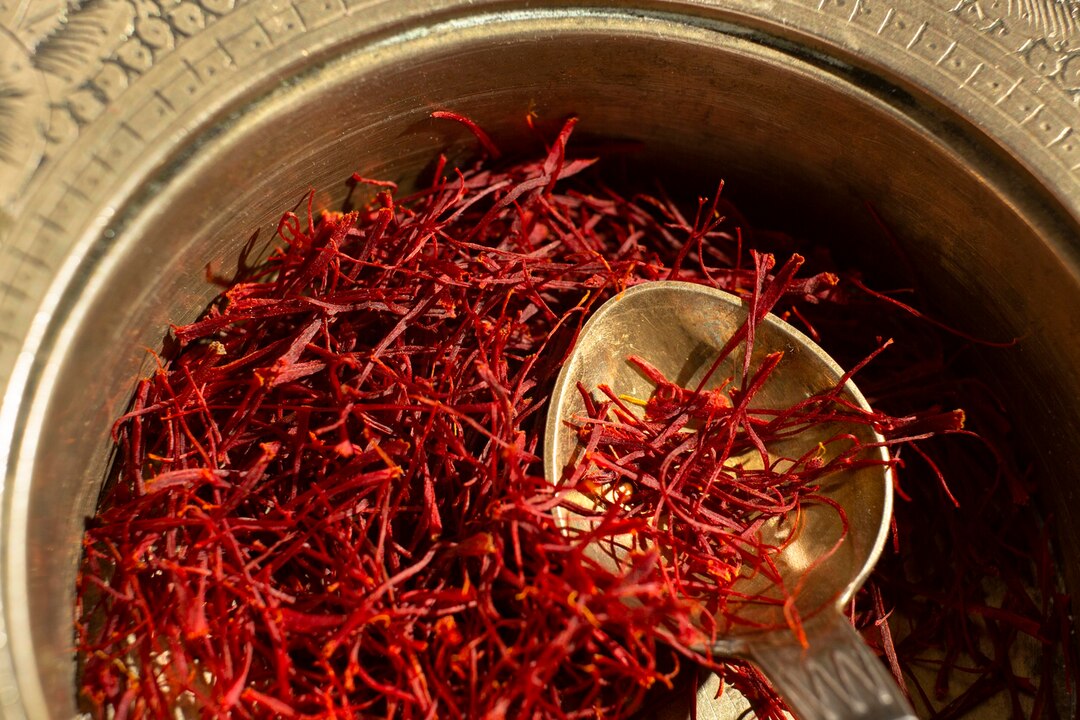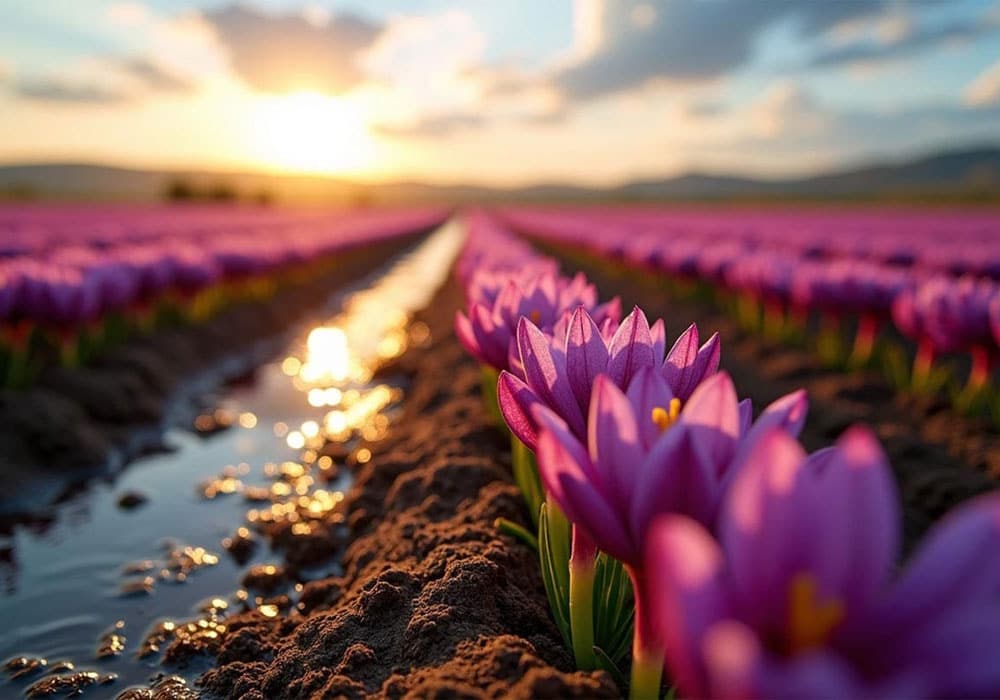Saffron Cultivation in Greenhouses: A Blend of Innovation and Tradition
Saffron, known as “red gold,” is one of the most valuable agricultural products of Iran. For centuries, it has been cultivated in specific regions, especially in South Khorasan and the Qaenat area. The aroma, color, and flavor of saffron from these regions are world-renowned, and many still believe that no other saffron in the world can match its quality.
In recent years, there has been a growing effort to cultivate saffron in greenhouses. The motivation behind this shift is clear: to increase productivity, reduce dependence on climate conditions, and harness technology to improve the farming process. One method that has gained popularity in this context is the modern “aeroponic” system.
Unlike traditional cultivation, aeroponics doesn’t require soil. Saffron bulbs are placed in specialized containers where they are nurtured with carefully controlled humidity, artificial lighting, and proper air circulation. This method demands a high level of precision and constant monitoring, as even slight changes in temperature or moisture can impact the plant’s development.
That said, despite notable success in greenhouse cultivation, saffron grown in such environments has yet to reach the unparalleled quality of saffron from Iran’s native fields. There seems to be something unique in the soil, water, and climate of regions like Qaenat—something that cannot easily be replicated artificially. Perhaps it is this very mystery that makes Iranian saffron so special.
On the other hand, the benefits of greenhouse saffron cultivation cannot be overlooked. The plant requires very little water, making it an ideal choice for arid and drought-prone areas. Additionally, the harvesting process is easier and more efficient under greenhouse conditions. Compared to many other greenhouse crops, the costs are relatively low, while the potential profit is quite high.
One important point to consider is that saffron only flowers once a year. This means the harvesting window is short and limited, requiring careful planning to ensure maximum yield.
In conclusion, while greenhouse-grown saffron may not yet rival the traditional varieties in quality, it presents a promising solution for the future of saffron farming. In an age of climate change, water scarcity, and economic challenges, greenhouse cultivation offers a sustainable and profitable alternative—one that may, in time, produce saffron worthy of the name.







